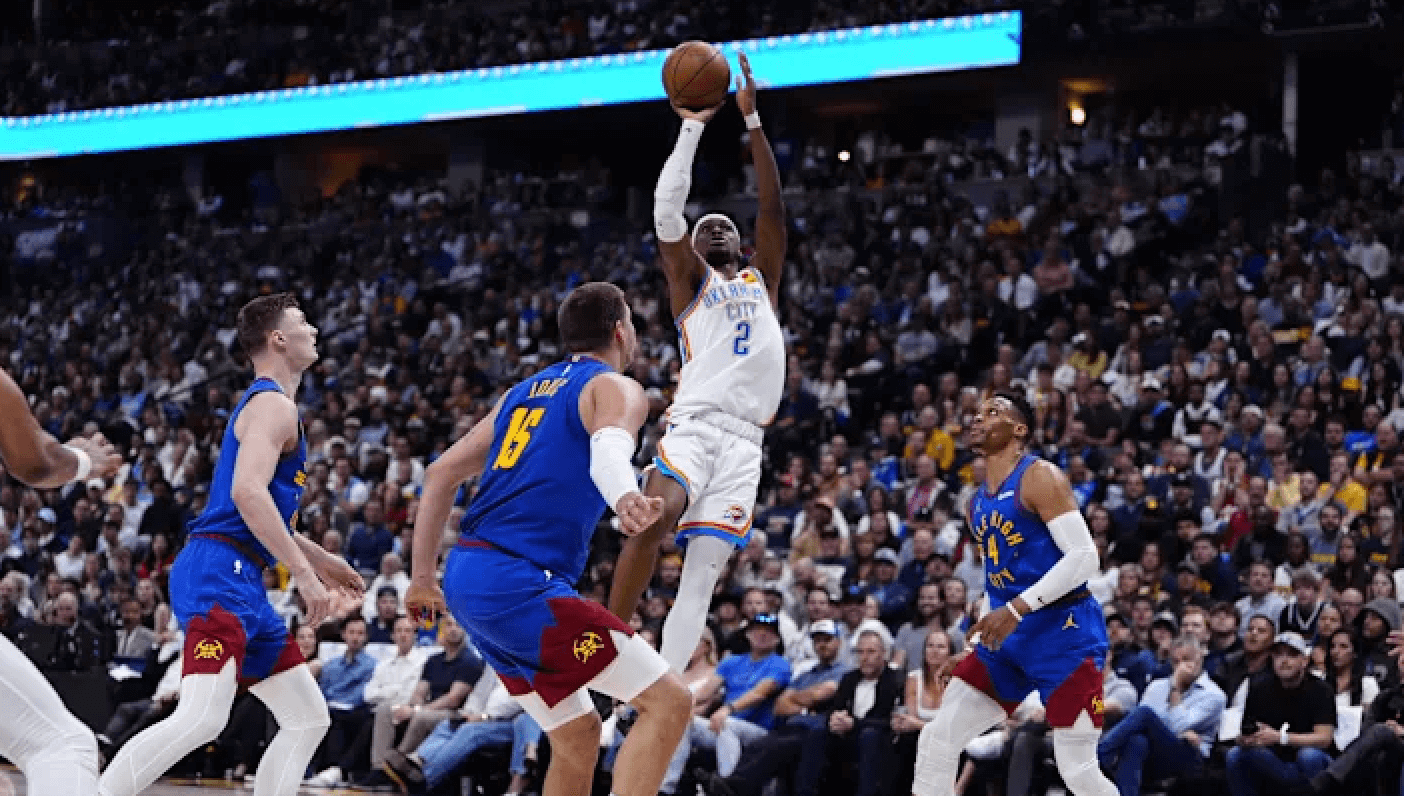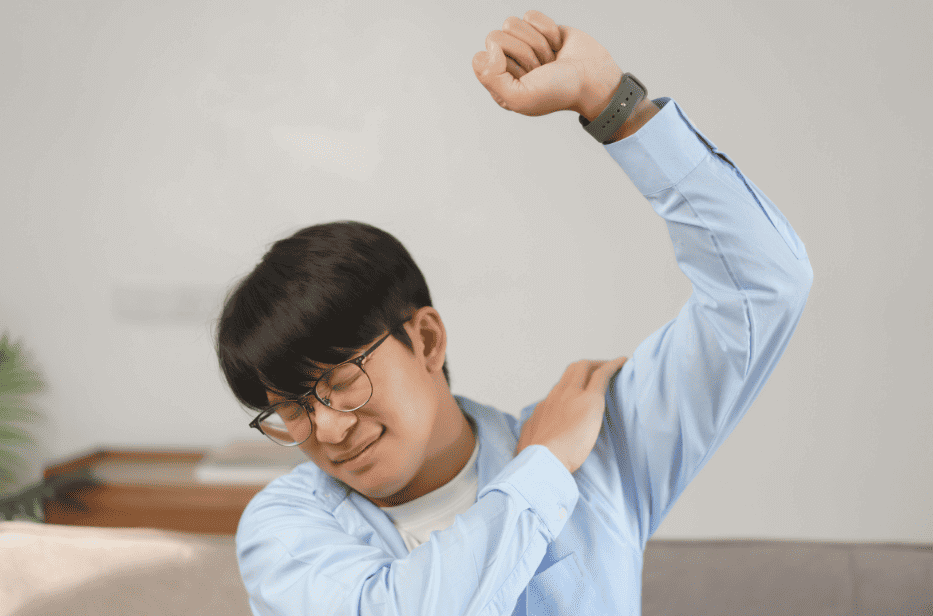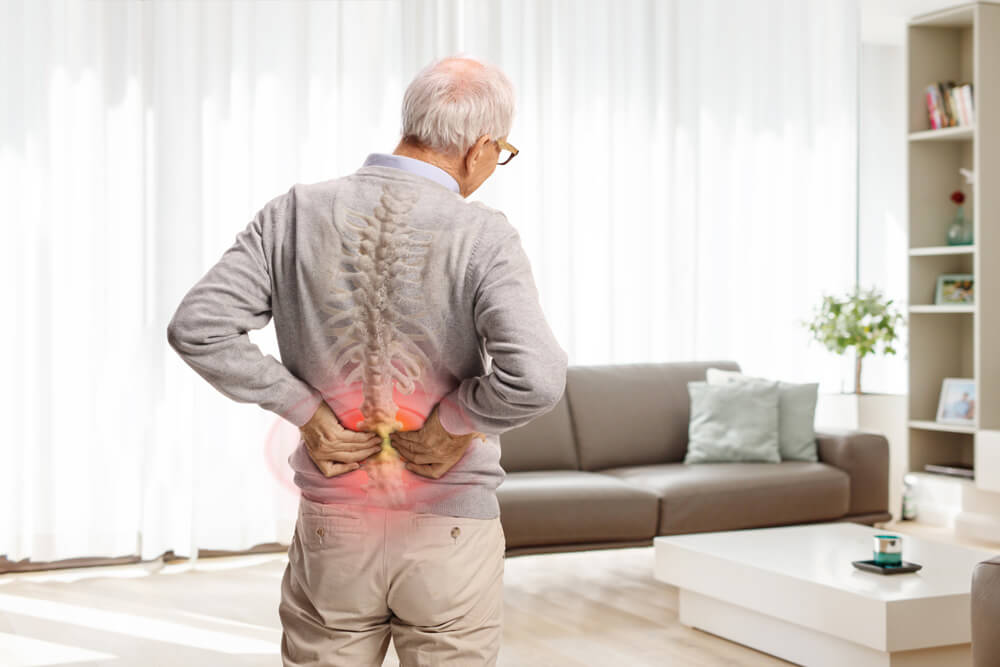Neck Pain: Finding Relief Through Physical Therapy Neck pain is a common issue affecting many people, and it can significantly impact daily life. Whether it’s a mild ache or a sharp, persistent pain, understanding the causes and available treatments is essential. This post explores neck pain, its prevalence, and how physical therapy offers effective solutions.
Health Blog

What Muscles Are Used For a Basketball Jump Shot?
May 21st, 2025With the NBA playoffs in full swing, there is no better time to appreciate the athleticism and precision behind every basket. One of the most iconic moves in the game—the jump shot—is far more than just a flick of the wrist. It is a full-body movement powered by coordination, timing, and strength. In this post,

Understanding Thoracic Outlet Syndrome: Causes, Symptoms, and Treatment
May 15th, 2025Thoracic Outlet Syndrome (TOS) is a condition caused by compression of the nerves, arteries, or veins in the passageway from the lower neck to the armpit, known as the thoracic outlet. This compression can lead to a variety of symptoms depending on the structures involved, including pain in the shoulder and neck, numbness or tingling

Understanding Spinal Stenosis: Symptoms, Impact, and the Role of Physical Therapy in Recovery
May 8th, 2025Spinal stenosis is characterized by the narrowing of the spinal canal, leading to pressure on the spinal cord and nerves. Common symptoms include pain, numbness, tingling, and weakness in the legs or arms, often exacerbated by standing or walking. This condition can significantly impact daily life, making activities like walking or sitting for extended periods

Fast Track to Recovery: Healing Hamstring Strains with Physical Therapy
May 5th, 2025Hamstring strains are one of the most common musculoskeletal injuries, especially in athletes. They frequently occur in sports involving sprinting, sudden stops, or quick direction changes, such as football, soccer, and track. The incidence of these injuries ranges from 10% to 30% of all athletic injuries, with a higher frequency in explosive lower-limb activities. Hamstring

Understanding and Managing Facet Joint Pain: Causes, Symptoms, and Treatment Options
April 22nd, 2025Facet joint dysfunction is a condition where the small joints located between each pair of vertebrae in the spine—known as facet joints—become irritated or damaged, leading to pain and limited mobility. These joints help stabilize the spine and allow for smooth movement, but when they become inflamed due to injury, arthritis, or repetitive stress, they

Weeding Through the Pain: Physical Therapy for Yard Work Strains
April 14th, 2025Engaging in yard work activities can lead to a variety of musculoskeletal injuries due to the nature of the tasks involved. These tasks often require repetitive motions, such as raking or digging, which can place strain on muscles and joints due to overuse. Additionally, many yard work activities involve awkward postures, such as bending over

Recovering from Rotator Cuff Tendonitis: The Role of Physical Therapy
April 10th, 2025Rotator cuff tendonitis is an inflammation or irritation of the tendons in the rotator cuff, a group of muscles and their tendons that stabilize the shoulder. This condition is commonly caused by repetitive overhead movements, overuse, or age-related wear and tear on the tendons. Symptoms typically include pain and tenderness in the shoulder, particularly when




